Jubilee Bridge: Southport’s original link to Main Beach which stood from 1924 to 1967
The trip from Southport to Main Beach used to be much harder than it is today, until this engineering marvel was built, changing the Gold Coast forever. THE AMAZING TRUE STORY.
History
Don't miss out on the headlines from History. Followed categories will be added to My News.
Bridges are expensive to build.
It’s one of the big debates the Gold Coast is having at the moment as planning continues for the next stage of the light rail from Burleigh Heads to the border.
The project will require two new bridges across Tallebudgera and Currumbin creeks to allow the trams to cross.
They are expected to be among the most expensive elements of the multi-billion dollar project.
It comes a century after the construction of one of the city’s first key pieces of infrastructure – the Jubilee Bridge which connected Southport to Main Beach.
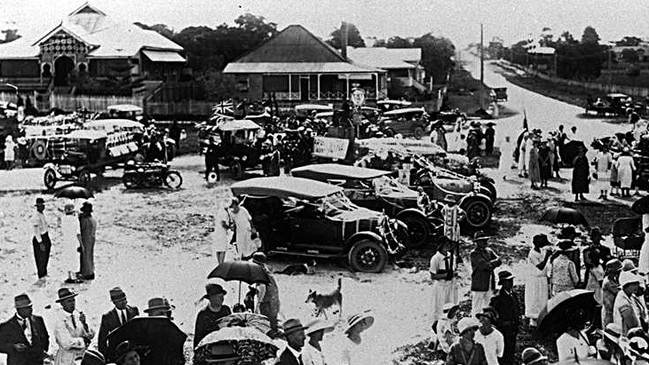
Before the 1920s, a ferry ran across the Nerang river connecting the small beachside community to the bustling Southport township.
The Myers ferry service connected Southport to surrounding suburbs, and it was a horse and buggy ride to Surfers Paradise
The timber bridge ran from the end of Queen Street to a site just south of the modern-day Southport Yacht Club in Main Beach.
The bridge’s name commemorated the 50th anniversary of Southport’s first land sales in 1875 and originally featured a central span which would rise to allow boats to cross between the Broadwater and Nerang River.
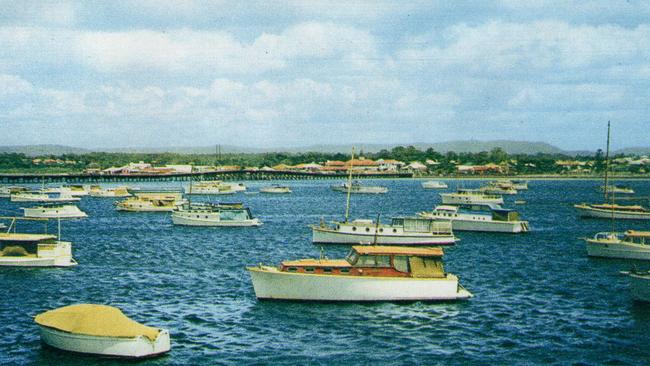
The bridge was low-slung, except for a section midstream where it was higher to allow trawlers through.
Work began on the site in 1924 when the first pylons were erected in Main Beach.
The bridge was officially opened in November 1925 and widened in 1933 to meet the needs of the Coast’s growing number of motorists.
The raised span was also removed.
Despite the upgrade, overtaking and recreation fishing were banned on the structure.
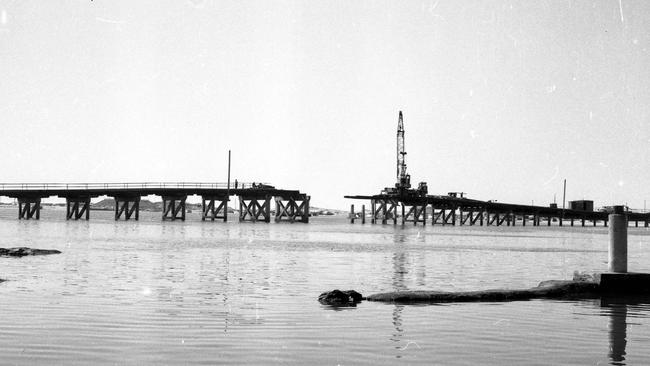
Then-Gold Coast Historical Society secretary June Redman, who died in 2018, recalled the bridge fondly in a 2009 interview in which she said crossing to Main Beach in the 1940s and 1950s was a harrowing experience.
``As children, we used to cross the Jubilee Bridge when we’d walk from my grandmother’s house in Southport to go swimming at Main Beach,’’ she said at the time.
``You would get splinters in your feet if you were not wearing shoes.
``I always dreaded driving across the bridge because there were ridges to guide the car’s tyres and it was quite easy to slip out of them.’’
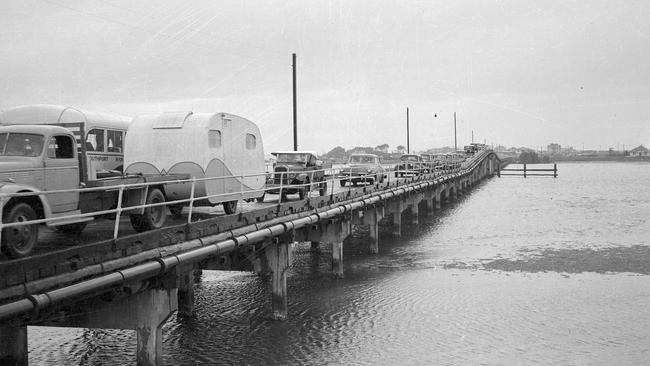
The four-lane Gold Coast Bridge was built in 1966 to replace the ageing Jubilee Bridge, which was considered too narrow and dangerous for motorists crossing its expanse.
This modern bridge would later become known as Sundale Bridge, named after the nearby shopping centre which opened in 1969.
The Jubilee Bridge was closed to passengers in late 1966 and was decommissioned but its structure remained across the Broadwater for another year until it was demolished in late 1967.
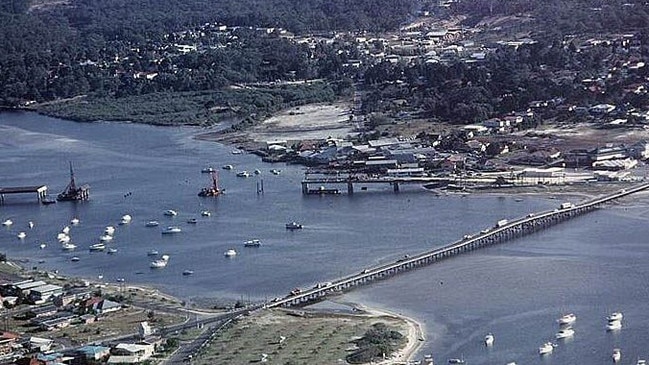
Fast-forward nearly 50 years and the idea of reviving the Jubilee Bridge was floated under highly controversial circumstances.
The ASF Consortium, as part of its $3 billion integrated resort proposal, wanted to widen SeaWorld Drive from two lanes and build a bridge in the southern Broadwater and build a new bridge.
According to preliminary plans, the bridge will follow the route of the original bridge and cross from near Queen St, Southport, and land near Southport Yacht Club in Main Beach.
A proposed bridge-tunnel version was also put forward to Cabinet but neither were approved before the entire development itself was terminated by the state government in mid-2017.





